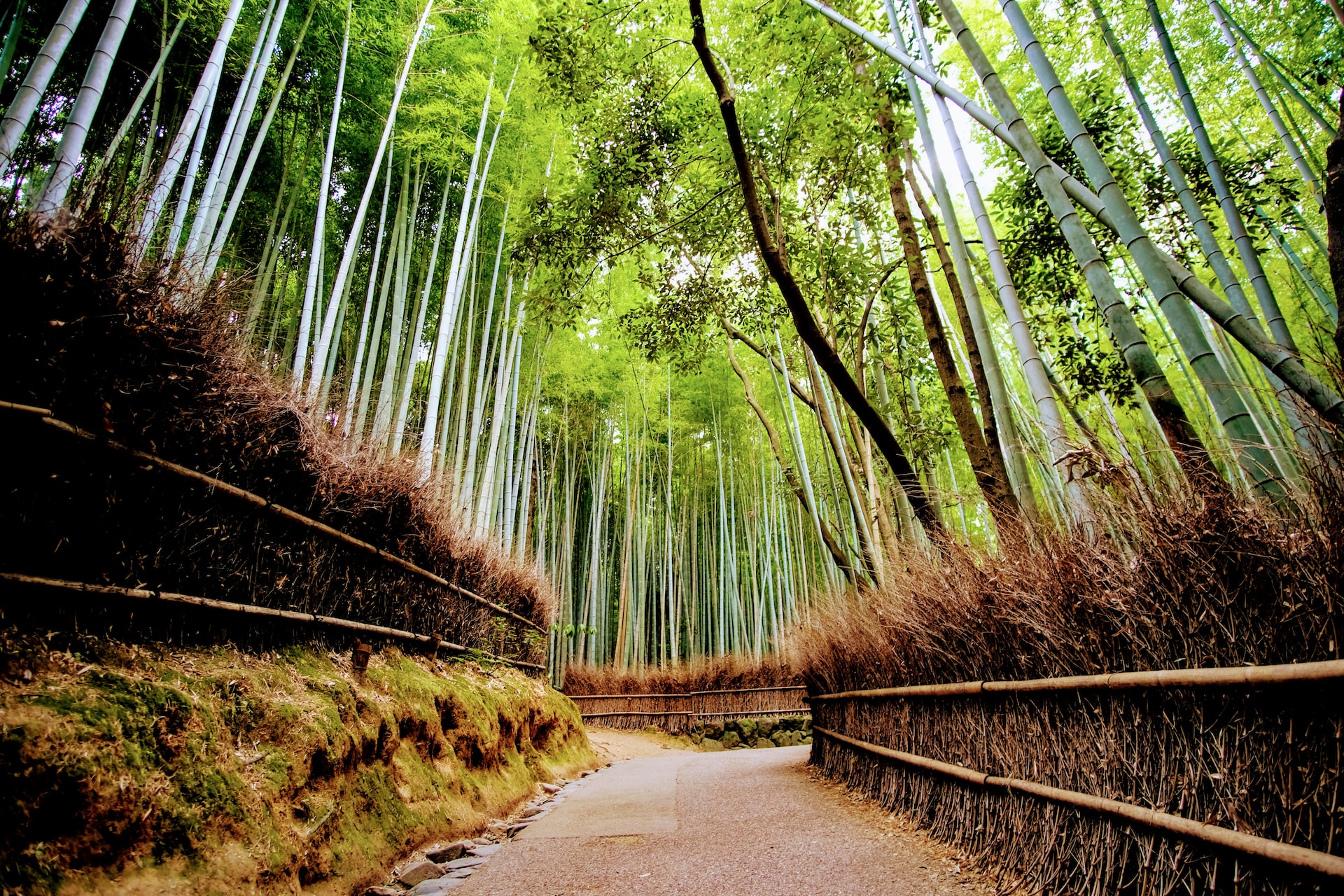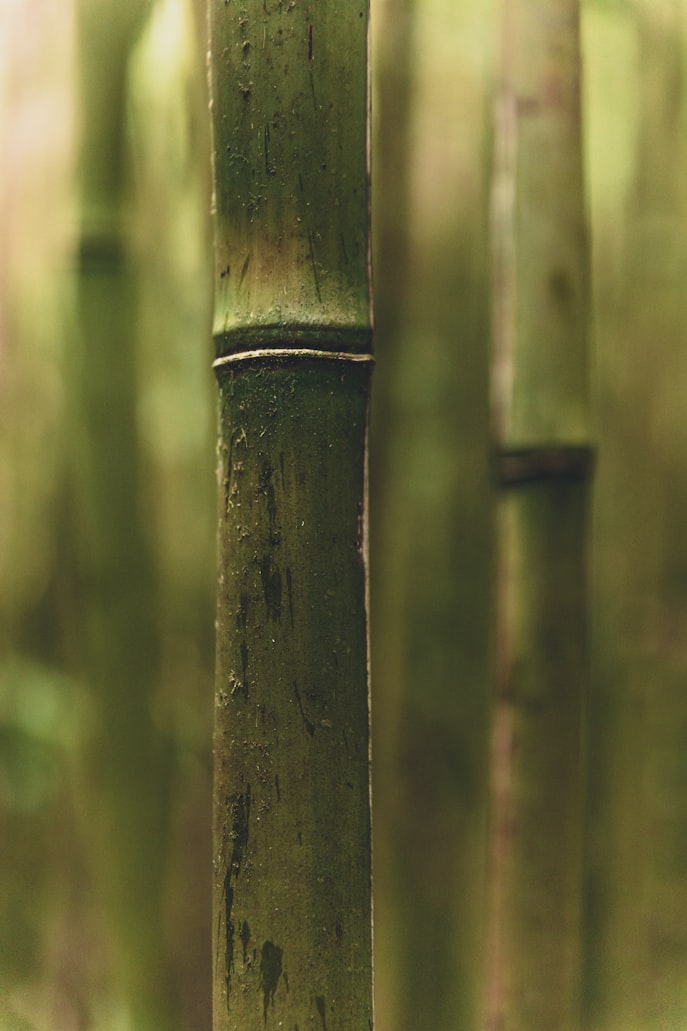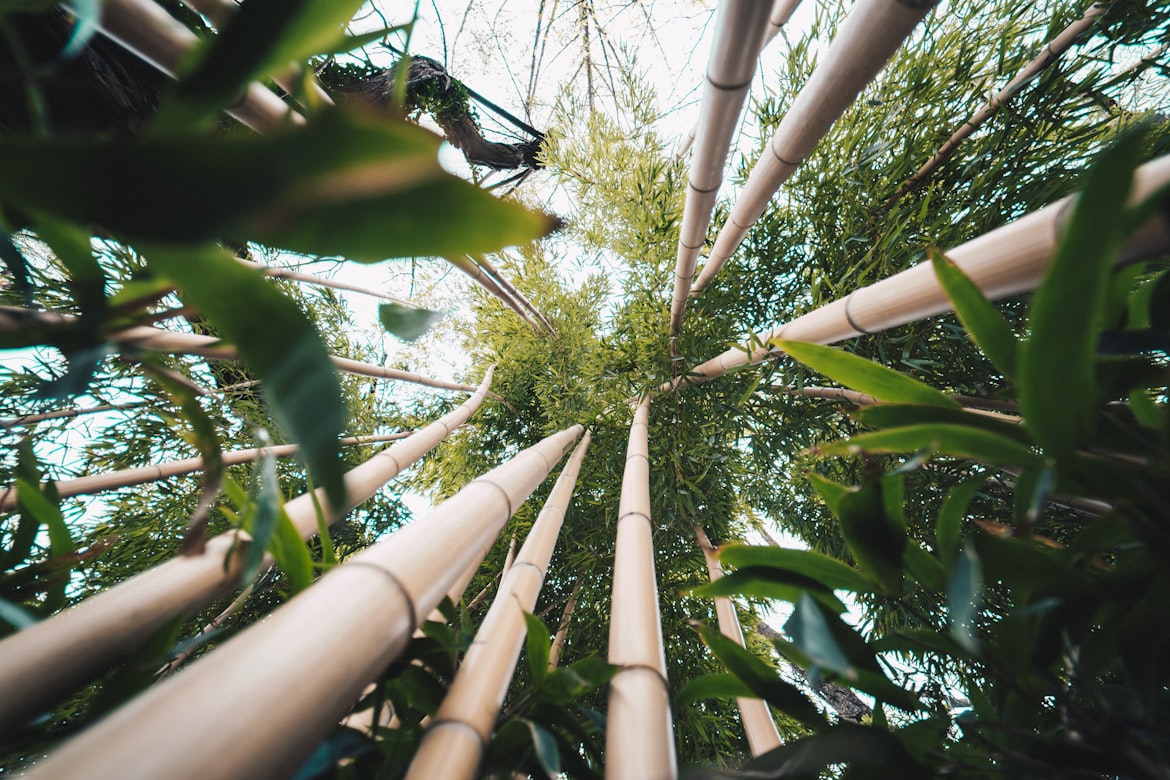Bamboo’s Cultural Significance: A Plant with Deep Roots in Various Traditions and Rituals

Bamboo is more than just a versatile and eco-friendly material. It is also a plant with deep roots in various cultural traditions and rituals around the world.
In this post, we’ll take a closer look at the cultural significance of bamboo in different parts of the world and how it is used in various traditions and rituals.
Bamboo in Asia
Bamboo is an important part of Asian culture and traditions. In China, bamboo is seen as a symbol of strength, prosperity, and good luck, and it is often used in the production of paper and other products. Bamboo is also a popular plant in gardens and landscapes, and it is often depicted in art and literature.
In Japan, bamboo is also an important part of cultural traditions. Bamboo is used in the production of a variety of products, including baskets, furniture, and even wind chimes. Bamboo is also an important part of Zen gardens, which are designed to be a place for contemplation and meditation.
Bamboo in South America
Bamboo is also an important part of South American culture and traditions. In the Amazon rainforest, bamboo is used in the construction of traditional homes and buildings, and it is also used in the production of musical instruments, baskets, and other products.
Bamboo is also an important part of traditional medicine in South America. In Peru, for example, bamboo is used in the treatment of a variety of ailments, including digestive issues and inflammation.
Bamboo in Africa
Bamboo is also an important part of African culture and traditions. In some parts of Africa, bamboo is used in the construction of traditional homes and buildings, and it is also used in the production of baskets, furniture, and other products.
Bamboo is also an important part of traditional medicine in Africa. In some African countries, bamboo is used to treat a variety of ailments, including digestive issues and inflammation.
In addition to its practical uses, bamboo also holds cultural and spiritual significance in some African communities. In some parts of Africa, bamboo is considered to be a sacred plant and is used in traditional rituals and ceremonies.
Bamboo in Other Parts of the World
Bamboo is also an important part of cultural traditions and rituals in other parts of the world, including South Asia and the Pacific Islands. In some parts of the world, bamboo is used in the production of traditional clothing, and it is also used in the construction of traditional homes and buildings.
Bamboo is also an important part of traditional medicine in some parts of the world. For example, in India, bamboo is used to treat a variety of ailments, including inflammation, wounds, and digestive issues.
In conclusion, bamboo is a plant with deep roots in various cultural traditions and rituals around the world. It is an important part of traditional medicine and is used in the production of a variety of products, including clothing, furniture, and building materials.
Bamboo is also considered to be a sacred plant in some communities and is used in traditional rituals and ceremonies. Its cultural significance and practical uses make bamboo a plant with enduring cultural significance around the world.








